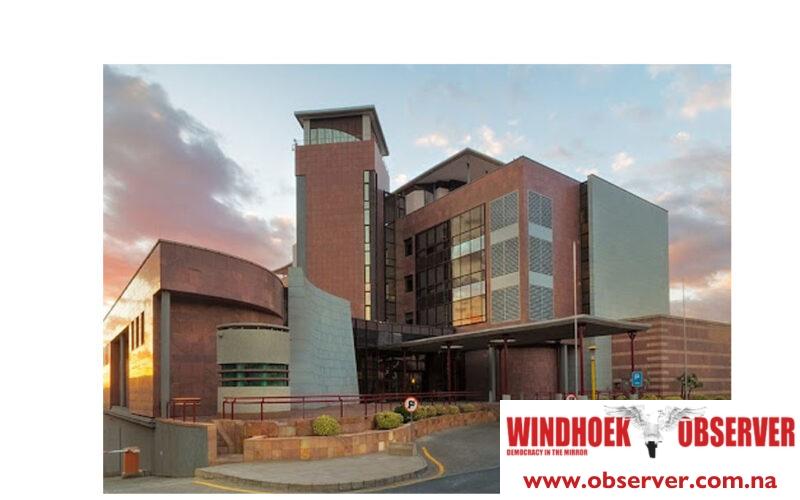Justicia Shipena
Economists at Simonis Storm Securities expect the Bank of Namibia (BoN) to keep the repo rate unchanged at 6.75% at its next Monetary Policy Committee (MPC) meeting.
The MPC will meet on 16 and 17 June 2025.
In April, the MPC maintained the main interest rate, citing global policy uncertainty and rising inflation forecasts for this year and next.
The decision followed four consecutive rate cuts.
The BoN said it aimed to support domestic economic activity and protect the peg between the Namibian dollar and the South African rand.
“In our view, the Bank of Namibia (BoN) is likely to keep the repo rate unchanged at 6.75% during its upcoming June 2025 Monetary Policy Committee meeting,” Simonis Storm stated in its April 2025 private sector credit extension report released Monday.
The firm noted that inflation eased to 3.6% in April, giving the BoN slightly more room to manoeuvre, but not enough to shift policy.
It said risks from global trade uncertainty, external financing conditions, and exchange rate volatility still require a careful and data-driven approach.
Simonis Storm said the BoN may cut interest rates by up to 25 basis points in the second half of 2025, depending on whether inflation continues to ease, the Namibia Dollar stays stable, and South Africa’s policy stance remains aligned.
“As part of the Common Monetary Area, Namibia has little room to diverge from the path of its southern neighbour without risking macro-financial imbalances. Importantly, the South African Reserve Bank (SARB) cut its repo rate by 25 basis points last week, bringing it down to 7.25%, its first rate cut of the year.”
The report noted this move could mark a shift in the region’s monetary direction and may allow the BoN to follow suit.
However, it warned that misaligned rates could weaken the Namibian Dollar against the Rand and lead to higher imported inflation.
Simonis Storm said the BoN will likely move carefully to preserve external stability and maintain the currency peg.
It will consider factors such as imported inflation, especially on food and fuel, the outlook for uranium and diamond exports, capital flow trends, and global central bank decisions.
Policy shifts by the U.S. Federal Reserve and European Central Bank could impact Namibia’s inflation and exchange rate.
The report said corporate credit remains strong, with businesses continuing to borrow for transport and equipment.
This activity is supported by tax incentives and a stable banking system liquidity.
The agriculture and logistics sectors remain active, encouraging targeted capital spending.
On the household side, Simonis Storm said credit growth is more restrained.
Mortgage lending rose by 0.9% year-on-year in April, the strongest so far this year, but overdraft credit continued to shrink.
It said households remain cautious about taking on new debt due to high living costs and strained incomes.
Still, the firm sees room for cautious optimism.
If inflation stabilises and interest rates fall, consumers’ confidence and credit demand could begin to recover.
It said that recovery may be uneven, with asset-backed lending for vehicles and durable goods likely to lead the way.




